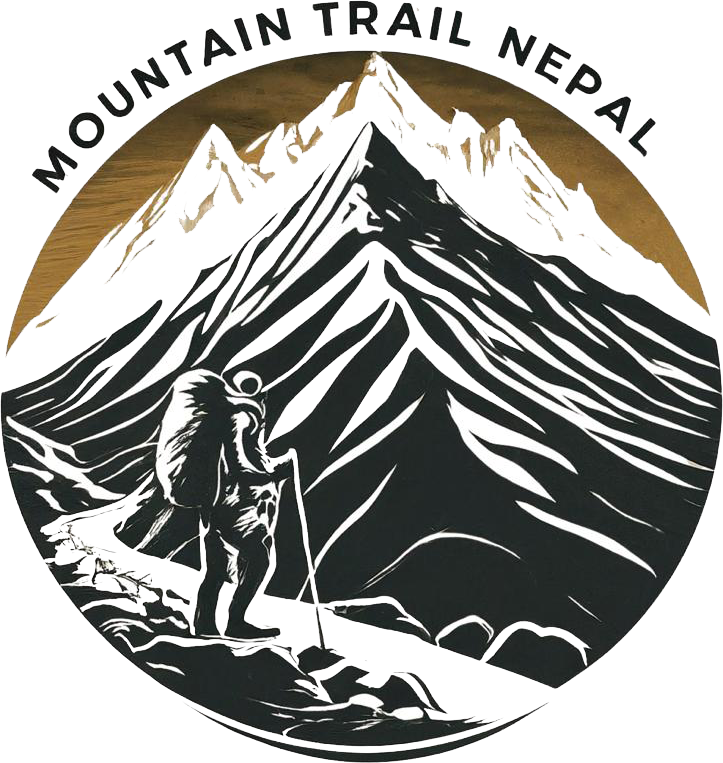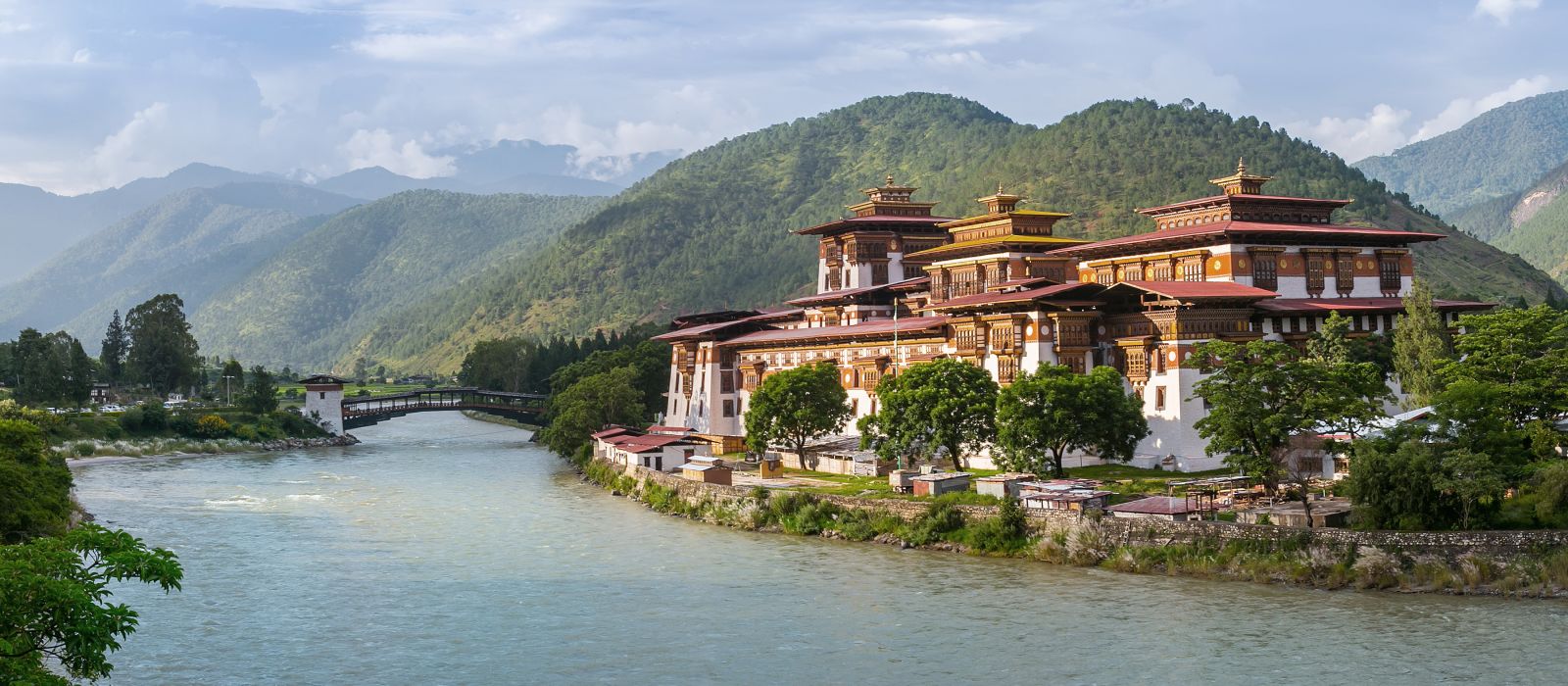Bhutan, situated in the eastern Himalayas of South Asia, is a landlocked country bordered by Tibet to the north, Sikkim to the west, Arunachal Pradesh to the east, and Assam to the south. Its terrain is characterized by steep mountains intersected by swift rivers flowing into deep valleys. With elevations ranging from 200m to over 7000m, Bhutan covers an area of 38,394 sq. km., with approximately 71% of its land covered in forests. The climate features five seasons: summer, winter, spring, monsoon, and a unique second winter, with the northern regions experiencing snow year-round. Monsoon rains are heavy, and summers can be humid.
The capital city, Thimpu, is the largest urban center, boasting a diverse population hailing from across the country. Despite its scenic beauty, Bhutan’s population is relatively small, with just 753,553 inhabitants. The country’s compact size and the fast-paced lifestyle contribute to its modest population. Bhutan operates under a monarchy, with King Jigme Khesar Namgyel Wangchuck reigning and Lotay Tshering serving as the prime minister. Dzongkha is the official language, and the majority of Bhutanese practice Buddhism or Hinduism. While modernization is gradually making its way into the country, traditional ways of life are still prevalent, especially in remote areas. Basic amenities are readily available, and the local currency is the Bhutanese Ngultrum.
Bhutan prides itself on prioritizing happiness, as evidenced by its unique Gross National Happiness Index. Despite simple living conditions, Bhutanese people generally report contentment with their lives. The country cherishes its Buddhist heritage, preserving sacred sites like Paro Taktsang, Rinpung Dzong, and Tashicho Dzong. Visitors can engage with monks to learn about Bhutanese culture and Buddhism. With around 60% of the land covered in forests, Bhutan offers excellent trekking opportunities in national parks like Jigme Dorji and Royal Manas, showcasing diverse wildlife and vegetation. Travelers can also immerse themselves in Bhutanese culture by attending Tshechu festivals, gaining insight into the country’s unique identity.
To visit Bhutan, travelers must obtain a visa in advance through a tour operator. Visas can be obtained manually or electronically. The primary means of accessing Bhutan is by air, with Druk Air serving as the national carrier. Paro is home to Bhutan’s sole international airport, welcoming visitors to this enchanting kingdom.


